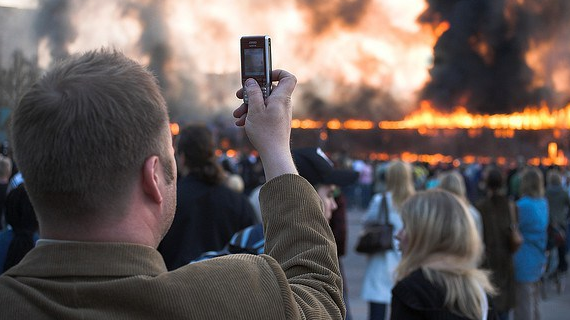Prior to coming to Barcelona, I had always heard about La Boqueria from friends of mine who had study abroad the year before me. They raved on and on about how amazing it was and how delicious all the little restaurants were. They told me about how they always tried to get their groceries from the local markets, especially La Boqueria, and that is was a great place to stop by for a quick snack in between classes. Needless to say I was more than excited to experience this all for myself. Though I had visited twice before, it wasn’t until I went with my Culture of Food and Wine class that I stopped to think about the different products sold there and how they related to the material and culture of Barcelona that I had learned in my classes. All my previous trips had been either with my friends or my parents to grab some food and explore in between my classes.

When we arrived to La Boqueria I could instantly identify some of the food preservation methods that we had been learning about in my course during the semester. For example, I saw some fish that were canned in a glass jar with a liquid used to preserve the flavor. Prior to my class I would have looked at this and just assumed it was pickled or not really known how the food was preserved. This same mentality applied to the meats I saw hanging in the market. After these classes whenever I see produce in a market, be it La Boqueria or the local one near my apartment, I see all of the preservations methods that went into creating something we can eat. It has become almost like a second instinct whenever I go shopping; I see passed the foods and see what type of methods were used to make them last, be in salting, curing, smoking, fermentation, pickling, canning, heat and cold preservations, or edible coatings.
I found this kind of special because I feel like I know La Boqueria and the other Barcelona markets on a deeper level. I feel like after talking about it in one of my classes and going on an in-depth field trip I’ve gotten much more out of it than just visiting my local market for lunch. The markets in barcelona will be one of the things I miss the most. It was so nice to be able to just grab some fresh food on the way home from class to cook for dinner, or to get a juice with some friends. Having such fresh produce that viable is something that I think makes Barcelona such a special and unique city, and I will miss it dearly.




















